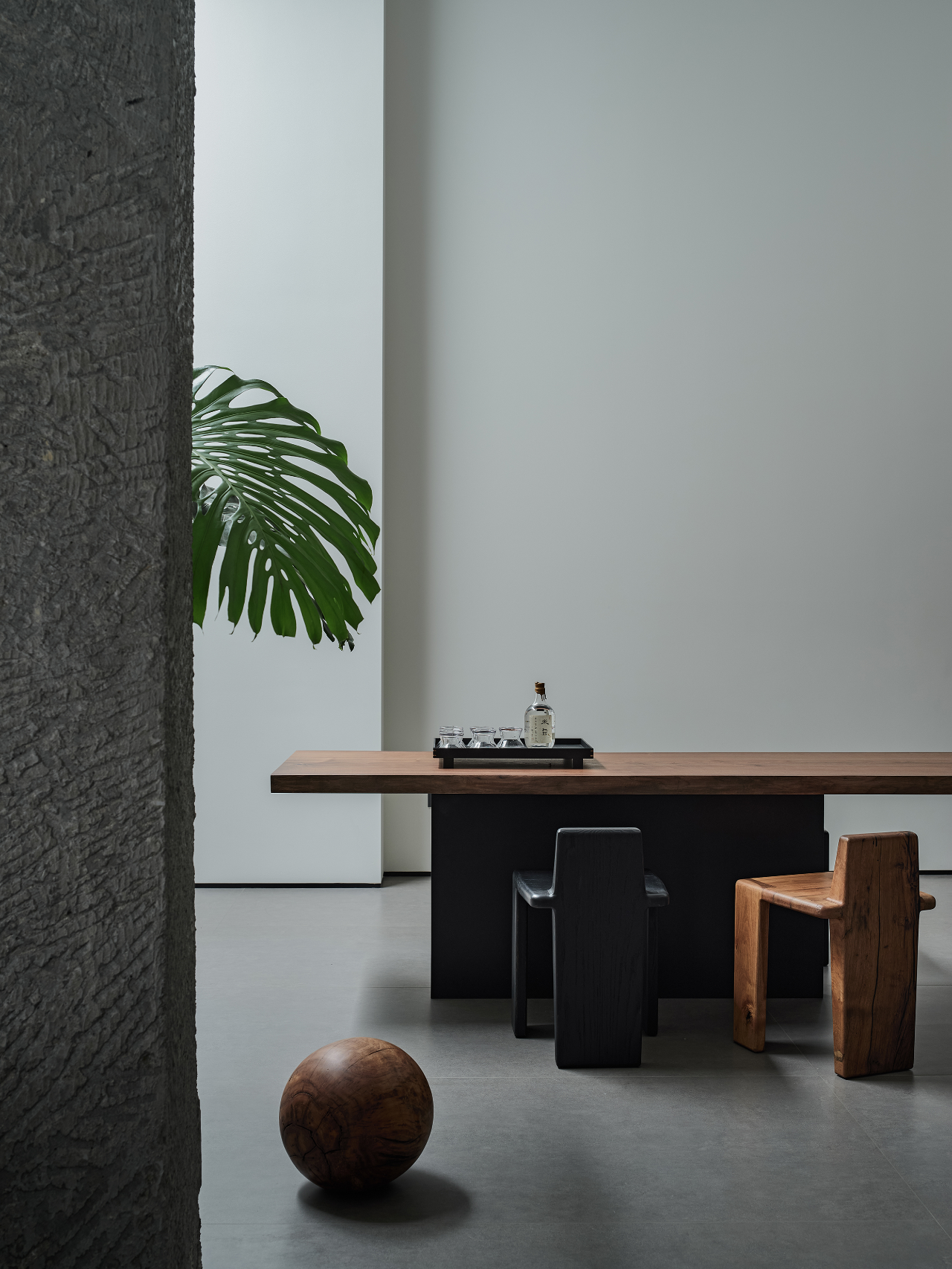Ambient 30 60
2014-04-15 01:00
© Cristobal Palma / Estudio Palma
(C)Cristobal Palma/Estudio Palma


架构师提供的文本描述。工程项目
Text description provided by the architects. PROJECT
作为文化项目(PS1、M 100、MAXXI、伊斯坦布尔现代)的补充,YAP与圣地亚哥的历史关系以及去年亚普圣地亚哥的环境从一个文化中心转变为圣地亚哥东部地区的一个公共公园,让我们思考该项目的新机遇和前景。
The historical relationship of YAP as a complement to cultural programs (PS1, M100, MAXXI, Istanbul Modern) and the fact that last year, the context of YAP Santiago changed from a cultural center to a public park in a district of the eastern neighborhood of Santiago, lets us think about new opportunities and prospects for the project.
© Cristobal Palma / Estudio Palma
(C)Cristobal Palma/Estudio Palma


在这种新的情况下,该项目将明确转变为一个机会,在公园插入一个自由的文化节目,从它自己的时间和最终条件(两个月)。该项目补充了已插入公园的私人节目的数量,并返回了Yap作为文化代理的角色,同时在气候和编程上创造了一个条件空间,对不同的观众开放。
In this new scenario, the project will explicitly transform itself into an opportunity to insert a free cultural program in the park, from its own temporal and eventual condition (two months). The project complements the number of private programs that have been inserted in the park, and returns YAP's character as a cultural agent, while creating a conditioned space both climatically and programmatically, open to a diverse audience.




为进行干预,我们提出了一个有两个条件的项目:
For the intervention, we propose a project with two conditions:
一方面是能够通过阴影、湿度、水和植被产生环境调节的项目,另一方面是一个包含工程、装置和事件积累的项目。这两种条件都是通过一种独特的策略来实现的,即在预定的26x17米区域内布置30个空间框架。
On one hand, a project capable of generating an environmental conditioning through shadows, humidity, water and vegetation, and on the other, a project that contains the accumulation of works, installations and events. Both conditions are achieved by means of a unique strategy, the layout of 30 space frames distributed in a predetermined area of 26 x 17 meters.
© Cristobal Palma / Estudio Palma
(C)Cristobal Palma/Estudio Palma


在所提议的30个空间框架中,有22个用于介绍在项目持续两个月期间开发的艺术装置方案。两个月,八个星期,六十天,艺术家现场工作,活动和音乐会完成一个正在进行的项目,旨在积极的时间和产生内容后,开幕。对象和事件安装的编程允许我们设计项目的生命周期。其余的8个立方体包括:三个森林,一个舞台,一个大桌子,和三个空间,冷却空气中的水喷雾器。
22 of the 30 proposed space frames were used to introduce a program of art installations to develop during the two months of the duration of the project. Two months, eight weeks, sixty days, artists working live, events and concerts complete a project in progress, designed to be active in time and to generate content after the opening. The programming of the installation of the objects and events allows us to design the project's life cycle. The remaining 8 cubes contain: three forests, a stage, a large table, and three spaces that cool the air with water sprays.
© Cristobal Palma / Estudio Palma
(C)Cristobal Palma/Estudio Palma


连接这30帧是一个中间的,阴影空间覆盖一个网格。周边是由一个半透明的窗帘,可以打开或关闭,以最大限度地渗透和能见度的公园,取决于事件的发生。这两个半透明的元素包围了空间,把它变成一个可识别的单元。
Connecting the 30 frames is an intermediate, shaded space covered with a mesh. The perimeter is constructed by a translucent curtain that can be opened or closed for maximum permeability and visibility to and from the park depending on the event taking place. Both translucent elements envelop the space turning it into a recognizable unit.
© Cristobal Palma / Estudio Palma
(C)Cristobal Palma/Estudio Palma


作为一个Wunderkammer,容器和内容合并成一个单一的实体。该体系结构旨在显示对象,随着时间的推移,它与特定空间体验中的内容融合在一起。
As a Wunderkammer, container and content merge into a single entity. The architecture, designed to display objects, merges with the content in a particular spatial experience in a cumulative process over time.


Program Conditions
程序条件


CONSTRUCTION
考虑到现场的工作条件和时间限制,我们选择了一种制造和装配逻辑,该逻辑对地面的影响最小,执行时间和用工效率高。
Given the work conditions of the site and the time restraints, we chose a logic of fabrication and assembly with minimal impact on the ground and high efficiency in its execution time and use of labor.
© Cristobal Palma / Estudio Palma
(C)Cristobal Palma/Estudio Palma


工程的主要组成部分(钢结构、木地板、边梁等)的施工。是在一家工厂在受控条件下进行的,然后用卡车运送到现场。采用点柱单元在现场设置钢结构。随后,在立方体周围安装了其他元素:边梁、尼龙渔网、天花板网、木质和再生橡胶地板以及周边窗帘。由于预算有限,所有材料都是重复使用和(或)可重复使用的,不一定来自建筑部门。
The construction of the main elements of the project (steel structures, wood flooring, edge beam, etc.) was done under controlled conditions in a factory and then transported by truck to the site. The steel structure was set on the site by means of staked point elements. Subsequently, the other elements around the cubes were mounted: edge beam, nylon fishing grid, ceiling mesh, wooden and recycled rubber floors, and perimeter curtain. Given the limited budget, all materials are reused and / or reusable and do not necessarily originate in the construction sector.
建设于2013年11月开始,2014年2月结束。
Construction started in November 2013 and ended in February 2014.




















































Architects UMWELT
Location Parque Araucano, Las Condes, Santiago Metropolitan Region, Chile
Category Temporal Installations
Project Architects Scheidegger & García Partarrieu
Project Area 445.0 m2
Project Year 2014
Photography Cristobal Palma / Estudio Palma, Courtesy of UMWELT
























